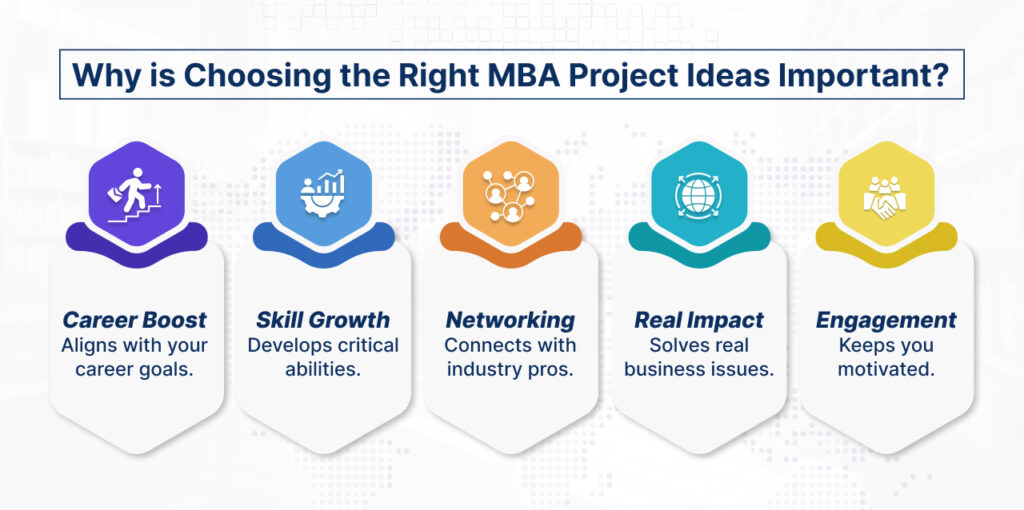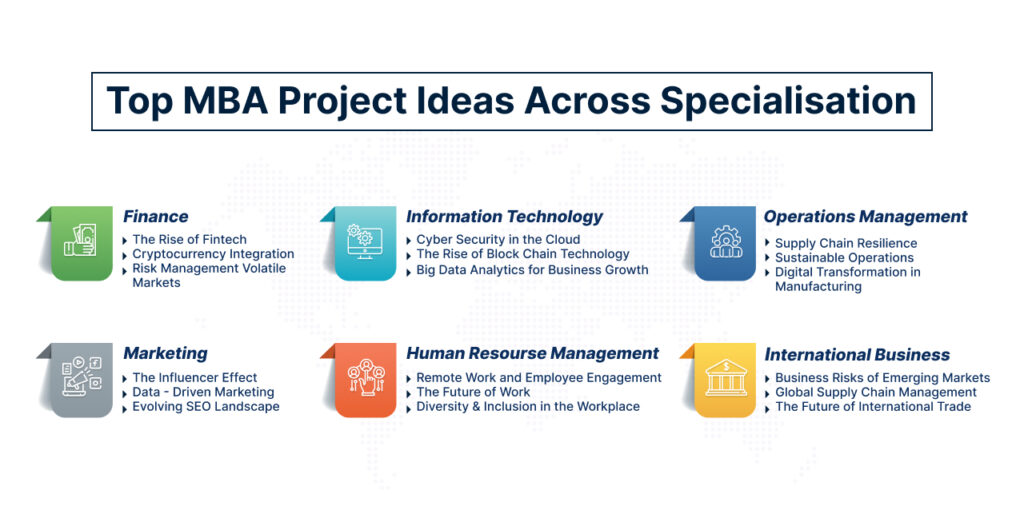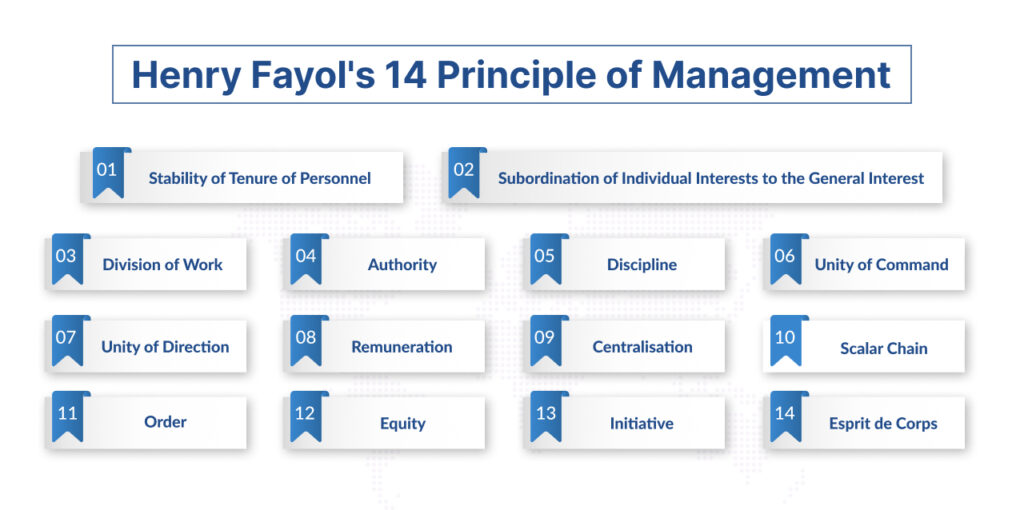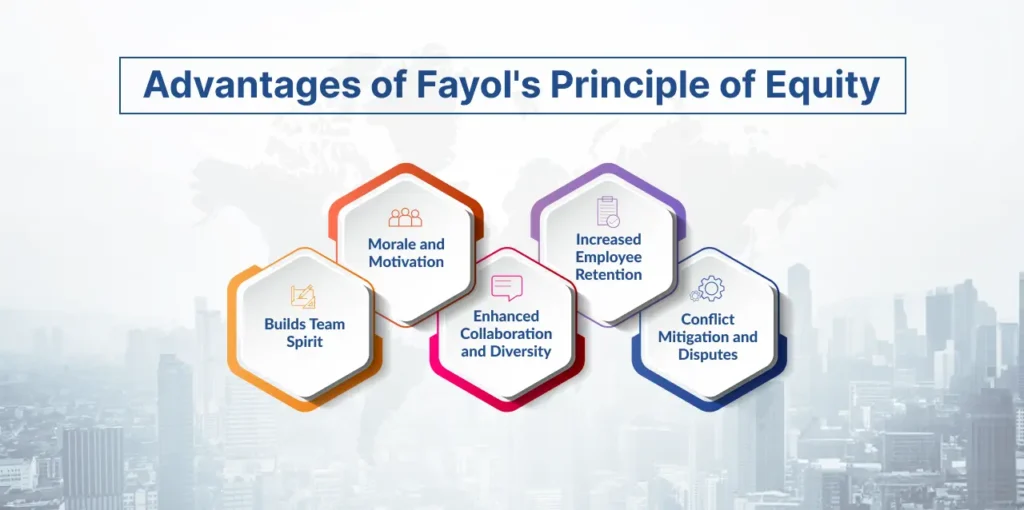Best MBA Project Ideas: Complete Guide
Almost there, future business titan! You’ve crushed classes, aced presentations, and perfected the art of the all-nighter (we feel you). Now, it’s crunch time – the MBA project. But don’t let it turn into a stress monster! With the number of MBA project ideas available online in shops increasing daily, an individual can be overwhelmed when searching for the best fit. Fear not, aspiring MBAs!
This guide will provide the best ideas and motivation to design a project aligned with program objectives. It sets you on the path toward professional and personal fulfilment.
Why Is Choosing the Right MBA Project Ideas Important?

| Benefit | Description |
| Skill Development | Enhances practical and managerial skills. |
| Career Growth | Improves job prospects and promotion opportunities. |
| Networking | Connects with industry professionals and potential employers. |
| Industry Insight | Provides deep understanding of specific industries. |
| Practical Experience | Applies theoretical knowledge to real business problems. |
| Innovation | Encourages creative problem-solving. |
| Personal Satisfaction | Boosts confidence and sense of achievement. |
| Employer Value | Demonstrates expertise and initiative to employers. |
| Academic Excellence | Enhances academic record with impactful projects. |
| Future Opportunities | Opens doors for future projects and professional development. |
Top MBA Project Ideas Across Specialisation

MBA projects are distinct in that they can be readily altered to accommodate shifting circumstances, much like snowflakes. Here are some top MBA project ideas that you should know before starting your project :
1. Finance:
The Rise of Fintech: Examine how FinTech has influenced and disrupted the traditional financial service sector. See how players disrupt various spaces, including payments, wealth management, and lending. Think about the lack of qualitative research and the subsequent implications for expanded access to financial services. This is a timely MBA project idea that explores a rapidly evolving field.
Cryptocurrency Integration: Evaluate the two papers and the possibility of using cryptocurrency in investment decisions. Sensitise the risks and opportunities inherent in the asset class and recommend solutions for adequately integrating it into the portfolio.
Risk Management in Volatile Markets: Utilize the risk management principles to manage this new sphere for interacting with market conditions. It could involve assessing the appropriateness of stress testing approaches, portfolio diversification methods and hedge programmes.
Refrain from settling for generic MBA project ideas. Find a project that excites you and showcases your unique skills.
2. Marketing:
The Influencer Effect: Explore the effects of social media influence on the purchase process. This refers to engaging different categories of influencers, their reach to different audiences, and various ethical implications of the partnerships.
Data-Driven Marketing: The topic is the use of Artificial Intelligence in the localisation of marketing campaigns. Insight into how the technology of AI can be used in delivering messages, product recommendations and preferences of each customer.
Evolving SEO Landscape: Review the dynamic character of SEO activities since it is an essential and ever-evolving field.
Because Google’s algorithms are a major factor in deciding how visible websites are, it is important to discuss the implications of these changes and the most effective strategies to deal with them.
3. Operations Management:
Supply Chain Resilience: Develop strategies for building resilience into supply chains in an era of global disruption. This could include diversification of suppliers, near-shoring initiatives, and investment in logistics technology.
Digital Transformation in Manufacturing: Describe the various strategic manufacturing issues that may be affected by digital technologies such as robotics and automation in manufacturing. Explain to what extent new approaches to management, organisation, and work will directly impact the overall efficiency, workers’ productivity, and the quality of products.
Sustainable Operations: Introducing the concept of a Sustainable Business Operations System to guide practice within an organisation. This might refer to reduced waste management practices, using energy conservation methods, and procuring materials in the best way possible.
4. Human Resource Management:
Remote Work & Employee Engagement: Examine how remote work affects personnel engagement and performance. Establish appropriate approaches for the organisation to adopt when creating a conducive environment for employees working remotely, communicating with them, and encouraging teamwork.
Diversity & Inclusion in the Workplace: Analyze best practices for creating a diverse and inclusive workplace environment. Explore strategies for attracting and retaining talent from diverse backgrounds and promoting an atmosphere of respect and inclusion.
The Future of Work: Future developments in the labour market, including trends such as automation processes and the gig economy, should also be investigated.
As part of the analysis, job roles that may be affected by the implementation of emerging technology applications should be discussed critically, as should the relevant skill sets required for workforce development strategies.
5. Information Technology:
Cybersecurity in the Cloud: Develop a framework for secure cloud computing practices. This could include data encryption strategies, access control mechanisms, and disaster recovery plans.
The Rise of Blockchain Technology: Analyze the potential applications of blockchain technology in various industries. Explore its use cases in areas like supply chain management, secure financial transactions, and data provenance.
Big Data Analytics for Business Growth: The important next step is to establish the guidelines for using big data analytics for this purpose. This could include methods of data collection, methods of data presentation or visualisation, as well as usage of data in decision processes.
6. International Business:
Business Risks of Emerging Markets: Analyze the opportunities and challenges associated with doing business in emerging markets. Consider factors like political instability, currency fluctuations, and infrastructure development.
Global Supply Chain Management: Formulate practical approaches to address logistical global supply chain requirements. This could include economic interconnecting policies such as trade, commerce, movement of people, products, services, and social factors.
The Future of International Trade: Examine the potential impact of technological advancements and geopolitical shifts on international trade. Examine how these factors shape the global market .
Best Innovative Product Ideas for MBA Students
Although the concept of conventional projects is decent, it’s high time you uncork the emerging entrepreneur within you, so here it comes.
| Product Idea | Focus | Tools/Technologies |
| Smart Home Energy Systems | Optimising Home Energy Usage | IoT, Smart Sensors |
| AI-driven Personal Finance Apps | Financial Management | AI, Mobile Apps |
| Eco-friendly Packaging | Sustainable Packaging | Biodegradable Materials |
Let’s explore some innovative product ideas that leverage current trends and have the potential to disrupt the market:
- The Sustainable Shopping Assistant: Organise an app for consumers to make them informed and sensitive to environmental impacts. It is proposed that valuable features such as product life cycle assessments, carbon footprint comparison, and product origin be implemented to assist in proper purchasing.
Remember, a well-chosen and executed MBA project idea can be a launchpad for your career. So, get ready to dive in and showcase your business prowess! - The AI-Powered Mental Wellness Coach: Design an intelligent conversational agent app that will kindly offer a helping hand to those in need of mental healthcare services. This will require integrating features such as mood tracking, guided meditation features, links to mental health resources, and increased focus on solutions for well-being.
- The Hyper-Personalized Learning Platform: Propose an application that horizontally integrates technology solutions, allowing educators and learners to choose content and delivery modalities that align with their learning style and objectives.
Introduce an artificial intelligence engine for improved review and analysis of student performance, and suggest an appropriate learning journey map suited to the dynamic market needs in the education sector. - The Immersive Travel Experience App: Create an application that is not just an application to use variants of a travel guide. One should include aspects like the possibility of overlaying historical sightseeing sites with AR, virtual tours, and real-time translation services as a break from the traditional travel activity experience.
- The Smart Home Security System (Elderly Care Focus): Design a smart home security system specifically designed for elderly care. Integrate features like fall detection, medication reminders, and emergency contact buttons, providing peace of mind for families and promoting independent living for seniors.
Tips to Choose the Right MBA Project Idea
Picking a great MBA project idea is easy! Here’s how:
- Pick something you like & want to learn more about. This will keep you motivated.
- Make sure you can find info on it. No point in picking a topic with no research available.
- Focus on solving real business problems. Show you can use MBA skills in the real world.
- Try a new twist on an old idea. Can you look at it from a different angle?
- Talk to your teachers! They can help you pick a good topic and avoid issues.
- Keep it manageable. Don’t pick a giant project you can’t finish on time.
Conclusion
MBA project ideas selection is as much an investment in oneself as choosing the right program. Connecting your project with your interests and finding a place in the existing business environment creates favourable conditions for success.
Bear in mind that while a solid academic grounding is essential for designing a good project, it is equally vital that the chosen idea stimulates your passion and demonstrates your ability to reason independently and creatively to the assessors. Thus, feel free to start from the ground and work on your chosen topic; make your project a starting point for your career.
Best MBA Project Ideas : FAQs
Q1. How long should my MBA project be?
This depends on the kind of program you are pursuing. On average, students’ projects are 2000-4000 words or about 20-40 pages.
Q2. Can I work on a project with a team?
It is common practice to form groups for the assignment, but it is advisable to consult your program guidelines for special instructions.
Q3. Is there external data available for my project?
Several government and industry institutions offer open access to data, often free to download. Libraries may also be important in the given context.
Q4. How can I showcase my project beyond the classroom?
It is also advised to participate in various competitions or contribute to publishing articles in relevant publications online.
Q5. What happens after I complete my project?
Launching a project successfully is a ladder to the top of your career. Include it in interviews or simply use it to pave the way to getting freelance consulting jobs.





















.png)

.png)




